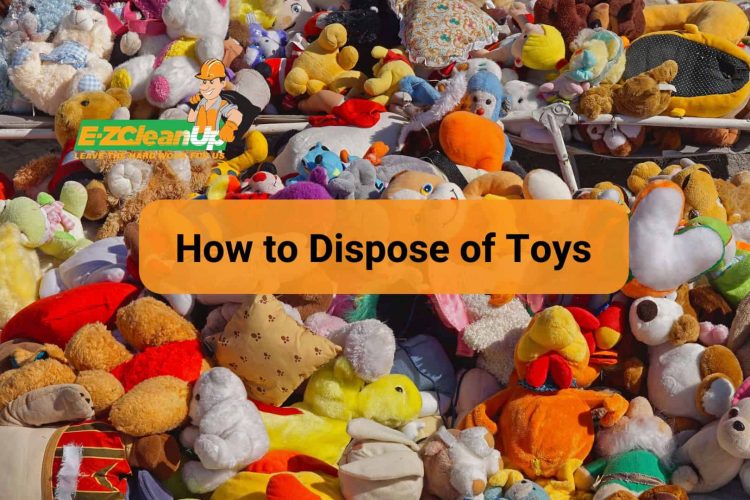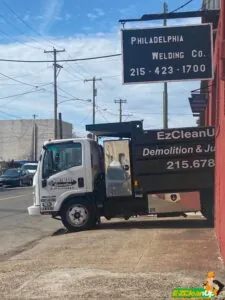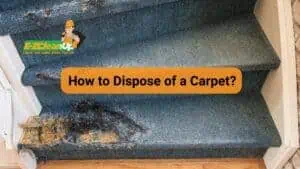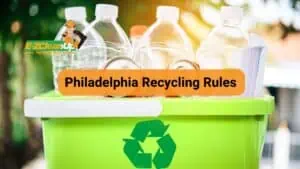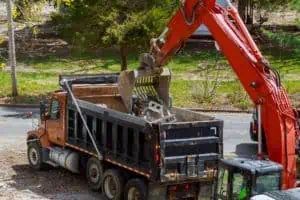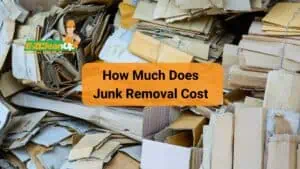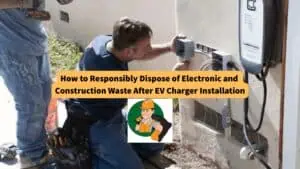Begin your toy decluttering by sorting items by condition for donation or recycling. Use local guidelines for recycling plastics and electronics. Consider toy swaps, selling usable toys, or upcycling for creativity. Contact waste management for disposal of non-recyclable toys.
If you want to learn more about how to dispose of toys, read our detailed guide below.
Step #1: Sort Toys Based on Condition
When deciding to declutter or recycle old toys, start by sorting them based on their condition. This ensures that each toy is dealt with appropriately. It maximizes their recycling and donation opportunities.
Toys that are clean, functional, and have all their parts are ideal candidates for donation. Many charities, schools, and shelters welcome these toys to provide them to children in need.
Before donating, ensure the toys meet safety standards and haven’t been recalled. Checking the current safety guidelines and recall lists can ensure that the toys you donate provide joy without any risk.
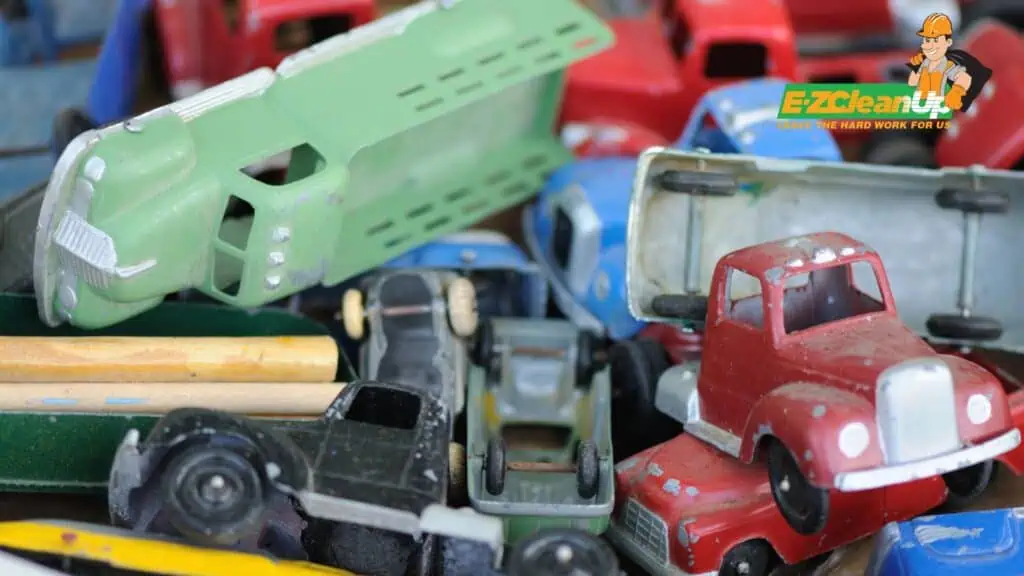
Separating Broken or Non-functioning Toys
Toys that are broken or no longer work can often be recycled, depending on the materials they are made of. Plastic toys, for instance, might be recyclable through local community programs, but it’s crucial to check specific local guidelines as these can vary significantly.
For example, some recycling programs accept clean and sorted plastics, while others have restrictions on the types of plastic they can process. Electronic toys need special consideration, as they often contain batteries and electronic components that should be disposed of at designated e-waste recycling points.
Proper Disposal Practices
For toys that cannot be donated or recycled through regular channels—like those containing electronics or made of mixed materials—consider specialty recycling services. Some companies specialize in recycling complex items by dismantling them and properly disposing of each component, including metals, plastics, and electronic parts.
It’s also beneficial to consider manufacturer take-back programs, where companies take back old products for recycling. Always remove batteries and dispose of them at designated drop-off locations that handle e-waste. These should not be thrown in regular trash or recycling bins due to the harmful chemicals they contain.

Step #2: Opt for Toy Donation
Selecting the right charity for your toy donations ensures they reach the hands that need them most. Before donating, ensure your toys are in good condition—clean, functional, and complete.
Cleaning toys according to the material—whether plastic, fabric, or electronic—is crucial to ensuring they are safe and presentable. Battery-operated toys should have working batteries replaced or removed, and all pieces should be intact.
Packaging your toys in clear, resealable bags or boxes protects them during transportation and makes the sorting process easier for charities. Labeling these packages with their contents and age appropriateness helps organizations distribute them more efficiently.
Step #3: Recycle Non-functional Toys
Many municipal recycling programs have started to accept a broader range of plastics, but it’s essential to verify what types of plastic resins are accepted. Organizations like TerraCycle offer specialized recycling programs that can handle the diverse plastics found in toys, often turning them into new plastic products.
Understanding What Parts of Toys Can Be Recycled
Toys consist of various materials, which makes it crucial to know which parts can be recycled. Plastic components are the most common, but they vary in recyclability depending on their resin type.
For instance, local recycling programs frequently accept plastics marked with resin identification codes #1 (PET) and #2 (HDPE). However, other types like #3 (PVC), #5 (PP), and #6 (PS) might only be accepted at specific facilities, if at all.
Additionally, electronic toys should be handled through e-waste recycling programs to manage batteries and electronic components safely. These programs ensure that hazardous materials are properly disposed of and that valuable materials like metals are recovered.
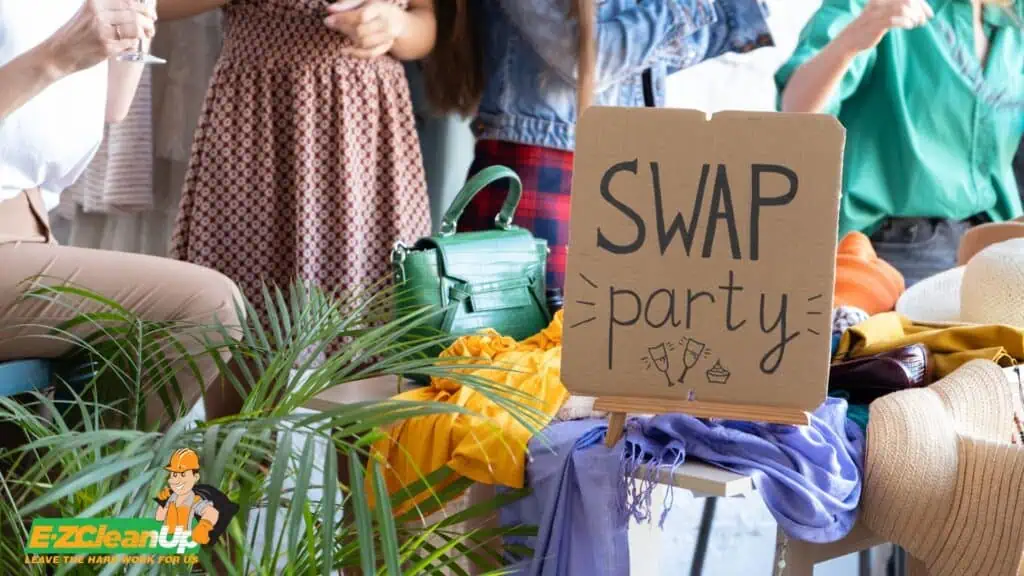
Step #4: Organize a Toy Swap
Organizing a toy swap in your community can be a fun and eco-friendly way to recycle toys and help families save money. Here are the steps to get it done:
- Determine the Scale of the Event: Decide whether you want a small gathering or a larger community event.
- Venue Selection: For smaller groups, a home or community room may be enough. Larger events might require a public space like a school or community hall.
- Engagement and Rules: Engage children in choosing which toys they want to swap, and set clear guidelines about the condition of toys acceptable for the swap.
- Logistics: Organize the event with clear signage for different toy categories and set up a system for the swap. Also, consider environmental aspects by encouraging participants to bring reusable bags for their new toys.
- Publicity and Community Involvement: Promote the event locally through social media, community boards, and local schools to attract a diverse group of participants.
Step #5: Sell or Consign Good Condition Toys
If you have toys you don’t need anymore and they’re still in good shape, selling or consigning them can help you tidy up and make some extra cash. Here’s a simple guide to using both online sites and local stores to do this effectively.
Choosing Where to Sell
- Online Sites: Use websites like eBay and Facebook Marketplace to reach a lot of people and set your own prices.
- Local Consignment Shops: If you prefer to deal with people directly and avoid shipping, local shops are great. The shop decides how to display and price your items, so you don’t have to worry about it.
Tips for Selling Your Toys
- Setting the Right Price: Look online to see how much similar toys are selling for. Be ready to change your prices based on how your toy looks and how buyers react.
- Making Your Toys Look Good: Clean your toys and fix them up so they look their best. Take clear photos from different angles to show buyers what the toy is like.
- Be Helpful to Buyers: Whether you sell online or in a shop, being helpful and quick to respond to questions makes a big difference. Pack the toys well for shipping, and be clear about your return policy.
Step #6: Repurpose or Upcycle Toys
Repurposing or upcycling toys is not just about being eco-friendly; it’s also a creative way to refresh old toys and potentially save money.
Creative Ideas for Repurposing Toys
Old toys can be turned into practical items like bookends or jewelry stands. For instance, dinosaur figurines can be fashioned into quirky bookends, or old dollhouse furniture can be repurposed into unique jewelry stands.
Small toys can be transformed into decorative pieces. For example, action figures and small animal toys can be made into fun and functional key holders or even quirky lamp bases.
Engage children in DIY projects that not only upcycle toys but also teach valuable skills. Creating a toy clock from various small toys can be an educational project that helps children learn to tell time while recycling old toys.
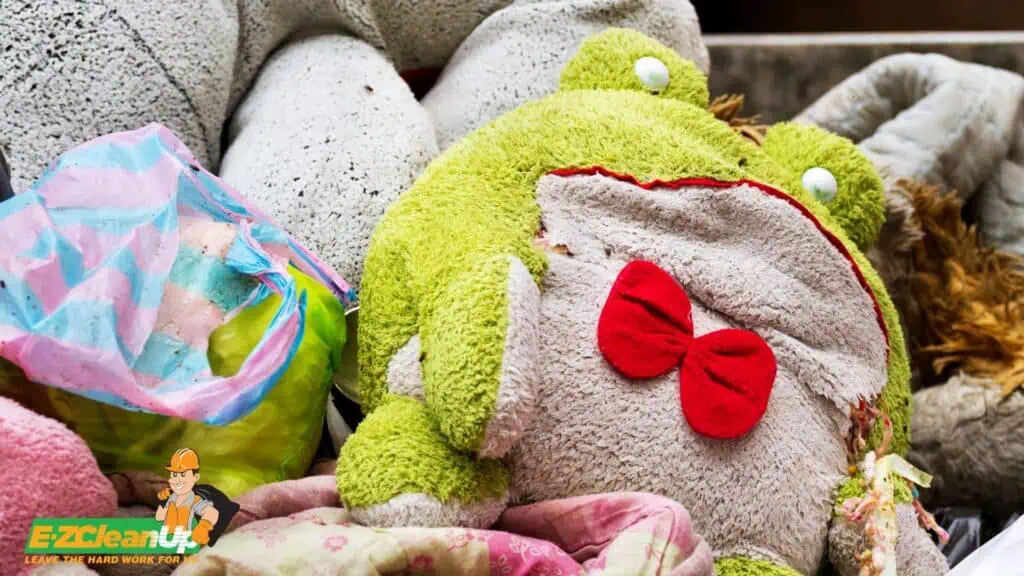
Step #7: Proper Disposal of Toys
Toys that are broken beyond repair and cannot be recycled through conventional methods should be treated as waste. However, not all waste is the same, and it’s important to categorize toys based on their material:
- Electronic Toys: Gadgets like electronic toys should be disposed of as electronic waste because they may contain batteries and other components that can be hazardous. They should be taken to designated e-waste recycling facilities that can handle such items safely.
- Plastic Toys: While many plastic toys are not recyclable, some communities offer plastic recycling programs that accept specific types of plastic. Check with your local recycling guidelines to see if your plastic toys can be accepted. If not, they must be disposed of in your general waste, which will likely end up in a landfill.
- Textile or Stuffed Toys: These can often contain materials that are not recyclable and should be disposed of in general waste unless your community has specific provisions for textiles.
Contacting Waste Management Services for Appropriate Disposal
When in doubt about how to dispose of certain toys, the best course of action is to contact local waste management services. They can provide guidance on how to dispose of items that cannot be recycled and inform you of any upcoming waste collection days or special handling requirements.
Some areas may have specific guidelines for hazardous waste, which might apply to certain toys with electronic components or batteries. It’s also worth looking into community-sponsored waste disposal events, which may offer disposal services for items that are typically hard to dispose of, like electronics and plastics that are not generally accepted in curbside recycling.
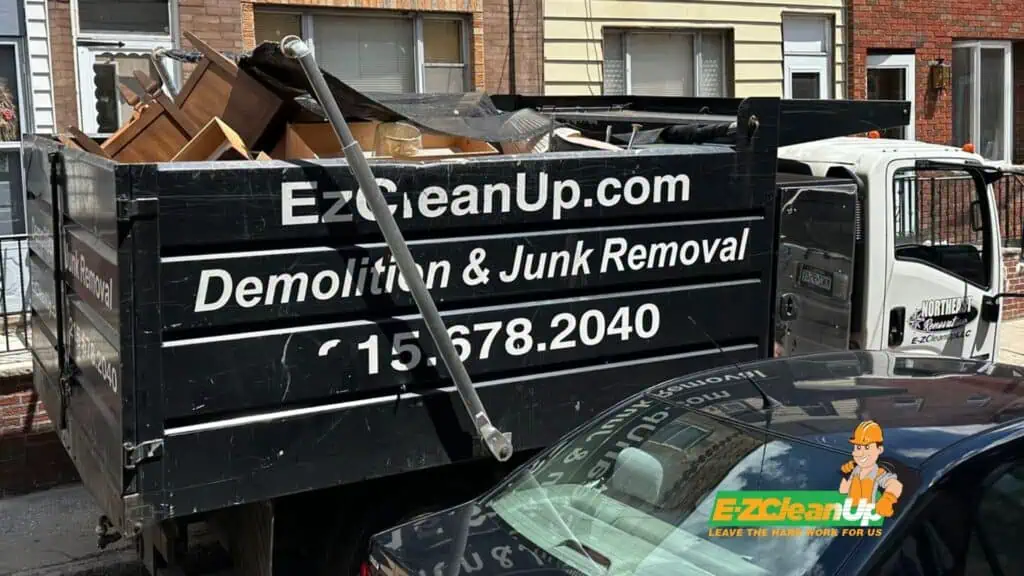
Make Toy Disposal EZ!
When toys are beyond repair, sorting them correctly according to material type becomes essential. For toys that can’t be processed through regular recycling or donation channels due to complexity or damage, EZ CleanUp provides a straightforward solution. We specialize in efficiently clearing out unwanted items, including hard-to-handle toys.
Our services ensure that everything, from electronic components to plastic toys, is appropriately managed. Reach out to us for expert help with toy disposal needs.

